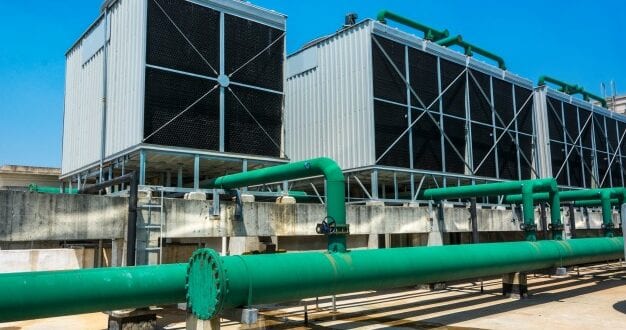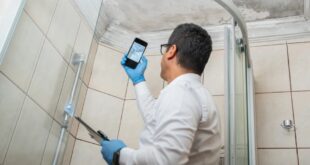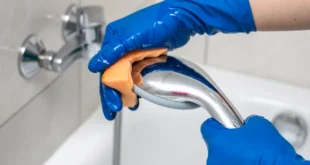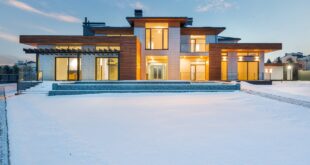Cooling towers are water circulating-based systems, and as the very name says, their purpose is to cool down the room, machine, or some industrial process. It’s maintained by a trained operator, who is taking care that the system is efficient, reliable, and always working well. The system is using water to collect the heat and steam from the air and turn it into cold water. By doing this, we are preventing the different air conditioning or other industrial systems to overheat, so they can proceed to work properly all the time. The cooling system is made of a tower, pump, and heat exchanger, and it absorbs the heat, and then it transferred to the circuit so the water can become hot, and after that, it goes to the cooling part. After that, the whole process starts again, and it cools down the environment if the heat was released in the meantime.
If you are planning to use this type of cooling system you have to know that it may have some disadvantages too, no matter the efficiency, and it requires regular maintenance every six months. Since it’s working with water and steam, corrosion and scale deposits may occur, and the moisture creates an ideal environment for bacteria and microorganisms’ development (if not cleaned regularly). That means you will have some additional costs through the year when it comes to keeping the system in a good condition. Consider hiring proven companies like Industrial Cooling Solutions, that will offer competitive price and design, or choose the one that is covering your area.
So, here are a few pros and cons of using this type of cooling:
1. It’s very efficient
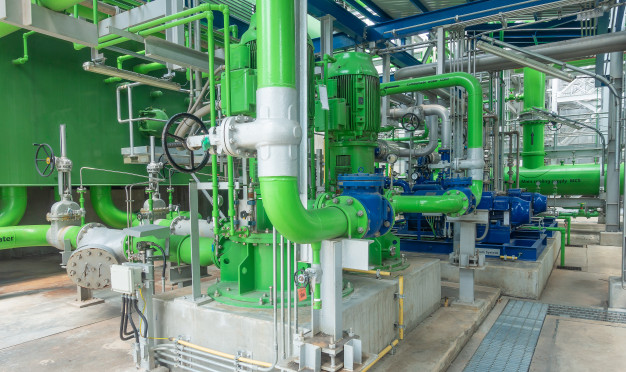
As we all know, water has great chemical and physical properties. It can be heated in a short time and cooled down in an even shorter period, and if the steam is not released in the atmosphere, the same amount may circulate for years, doing its job. It also has a great ability to conduct the heat through it, making it a very efficient system for cooling.
2. The parts should be replaced regularly
Since the water can cause corrosion of the parts, regular maintenance is highly recommended. Keep in mind that those extreme temperature changes can affect efficiency too, so you shouldn’t skip the recommended intervals of checking it, and fixing the potential problems and risks. The operating costs may be pretty high, but if you don’t check it regularly, you risk the whole system failing, which is more expensive than replacing the parts every now and then.
3. The type of the water can affect the efficiency
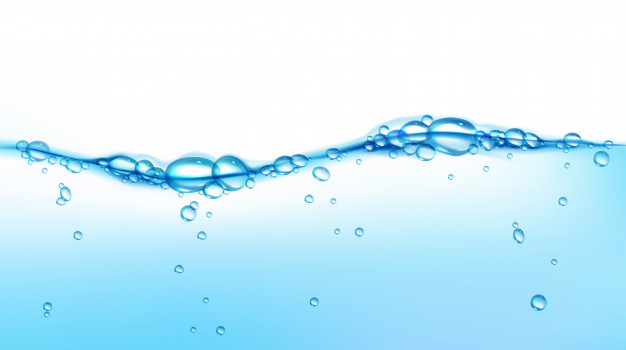
If the water that is used is very hard, it may cause scale layers over the surface. Some advanced cooling towers are using distilled water to prevent this, but that requires a huge amount and refill, and according to many of those who are using it, that’s an additional cost that they usually can’t really afford, since the system is a pretty expensive investment.
4. Maintenance cost is not very high
One of the cons is that you will always have additional costs to maintain this type of system, but there is one good side – the operating and maintenance expenses are lower than buying and installing a whole new system after the previous one fails. If you can’t really afford this, then you may consider looking for another option that will work better for you.
5. You have to hire operators
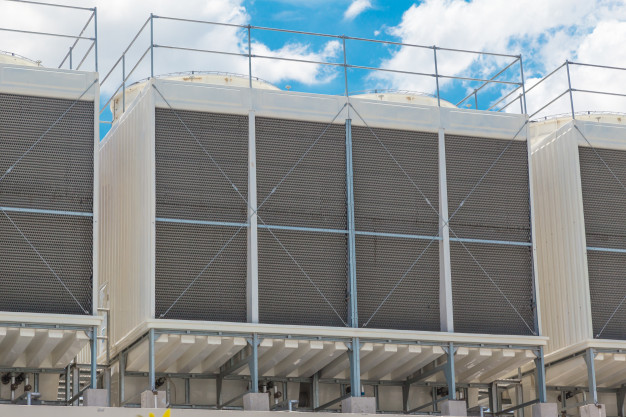
This is both advantage and disadvantage, depending on which side you are on at the particular moment. Hiring new people means that a few operators are getting a regular job and salary, which is good, and you fulfilled your social responsibility. But, it’s an expense for the company. Anyway, the water cooling systems should be maintained through the whole active hours, so if something unusual happens, they can react immediately and prevent many other bad things to happen.
6. It takes a lot of space
It’s usually installed on the roof, so taking a lot of space can be avoided, but anyway, some parts of the system can’t be put there. You have to plan this thing carefully, and see what you can do, because not every property is eligible for this type of system, and some changes should be done before making anything.
7. Different models and options
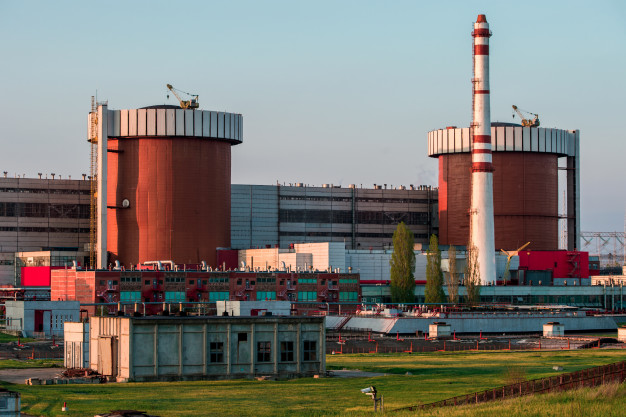
Even though it all looks the same, there are some differences in the way it works. Some machines are run by belt drives that are cheap, but the maintenance and operating are very expensive, because they aren’t very durable, and lubrication is required. On the other hand, direct motors are expensive to buy, but you will rarely have to maintain them. Electronic motors are the optimal choice that brings an average maintenance cost to your company, but it works smoothly, without causing additional noise. It’s on you to see your options, and know exactly how much you will need it, so you can estimate what you really want.
8. The moisture can cause diseases
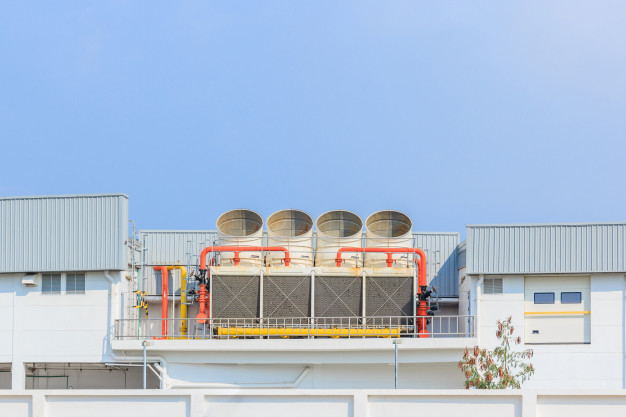
There were some cases in the past that showed that these systems create an ideal environment for Legionella, some bacteria that grow in moisture and heat and can cause Legionnaires’ disease. With the heat exchange, it can be spread over and get in the lungs of the operators. This can be easily avoided if it’s maintained properly and cleaned regularly.
Knowing all of these things, you have an option to choose the best system for you. You can also see some alternative options, if your company is smaller, and you can’t afford this type of advanced cooling. But, you have to know that it has a really long lifecycle if operated properly, it’s energy-efficient because the water is circulating without completely releasing in the air, and it’s balanced and reliable.
Even though some costs may pop up, that’s expected, and the owner of the company must be ready for that. But, it’s on you to find the best service and keep the system in a good condition, so you can avoid failures and overheat.
 Imagup General Magazine 2024
Imagup General Magazine 2024
